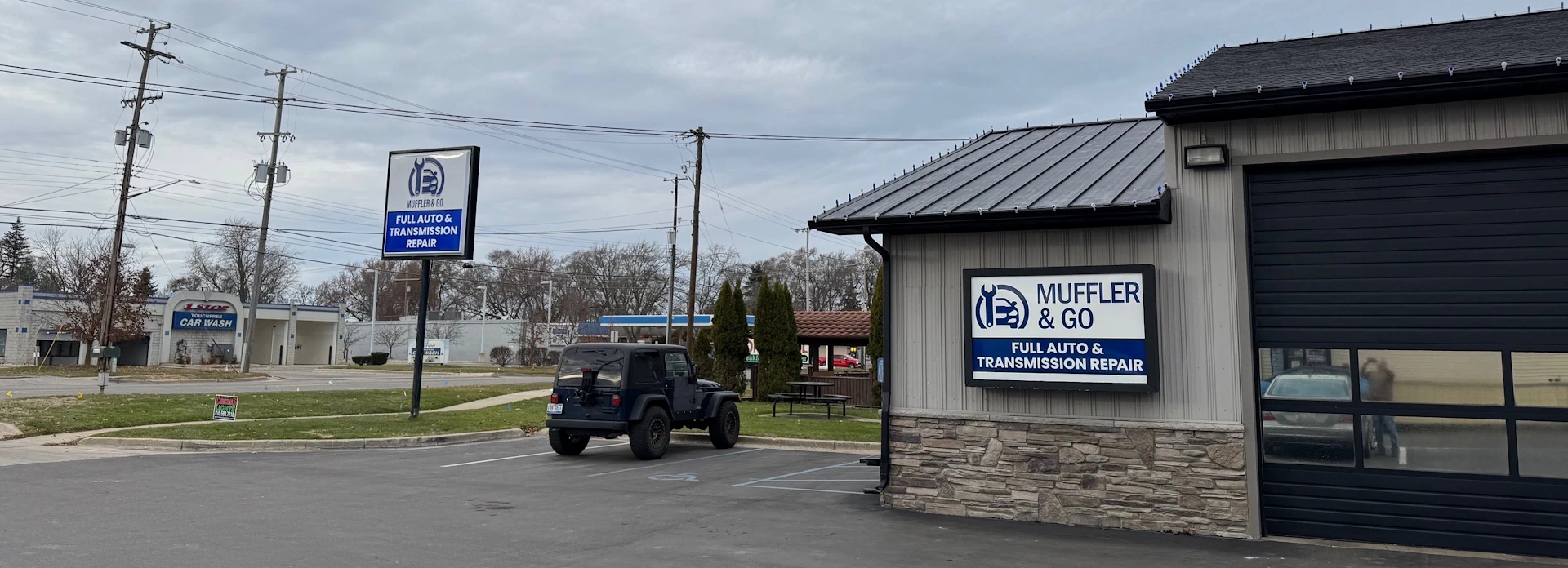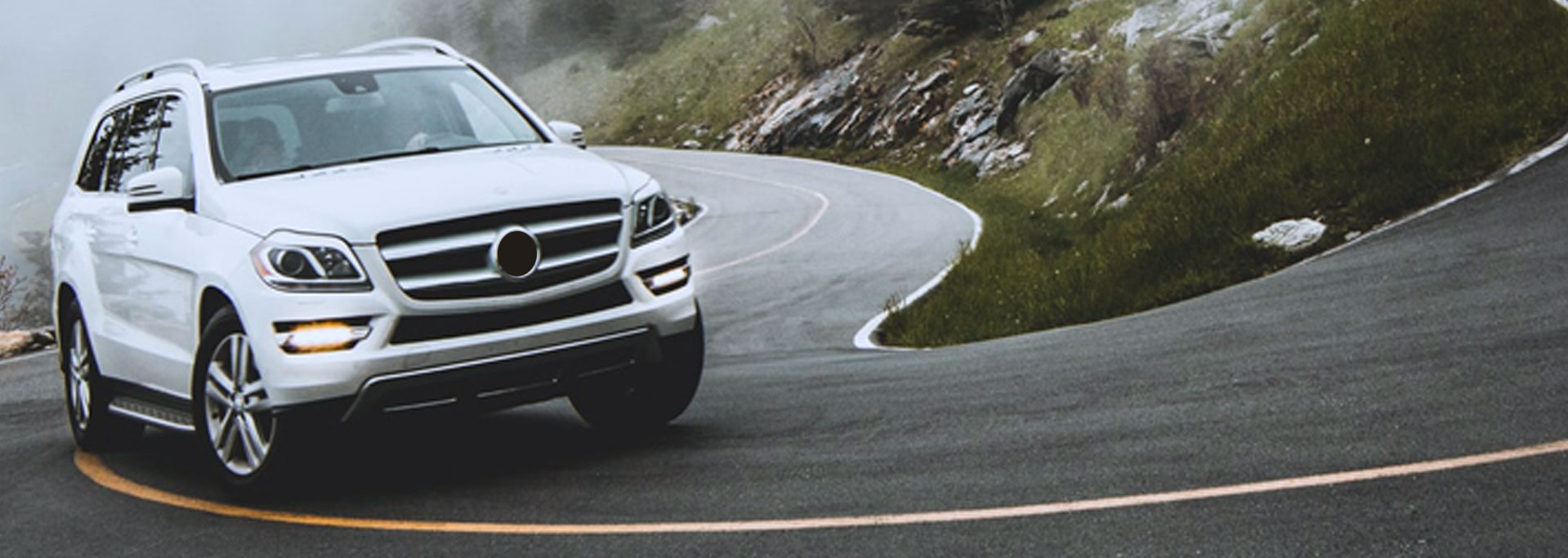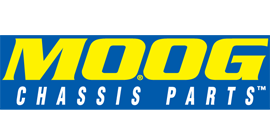
AUTONET TV
Archive for March 2021I Had No Idea! (Four Things You Didn't Know About Vehicles)Posted March 21, 2021 10:17 AMBet you didn't know: Some of the earliest rearview mirrors were marketed as "Cop Spotters" so drivers would know when police were following them. Who wants a ticket, anyway? According to eBay Motors, Elmer Berger first patented a rearview mirror that was mounted on the front fenders, on the spare tire secured to the side of the car of at the top of the driver's door frame. About 80 percent of your vehicle is recyclable. So says The Balance. That means four-fifths of most vehicles can be recycled. Much of that recycling is done by automotive aftermarket recyclers. Between the U.S and Canada, they reclaim enough steel to produce 13 million new vehicles. The man who invented the first modern cruise control couldn't even drive a car because he was blind! His name, says Smithsonian.com, was Ralph Teetor. Blinded at a young age by a knife accident, Teetor was inspired to create a speed control by a couple of things. One, the U.S. imposed a mandatory 35 mph/55 kph during World War II to conserve fuel and tire rubber, and Teetor wanted drivers to go a safe and steady speed. Plus, a chauffeur who drove him around used to randomly slow down and speed up which irritated Teetor. So he invented a speed control to encourage drivers to drive at a more constant and safer speed. The first grooved tires were invented in 1904 by Continental. But that was a big improvement over the very first "tires" which were actually metal hoops that made riding in the first cars a pretty rough experience. The first rubber tires were solid rubber, not inflatable like today's tires. Things have come a long way. Modern tires are made with sophisticated rubber compounds that can deal with heat and cold. Plus their tread patterns help drivers get better traction on wet roads when it storms. Still, it's important to make sure yours have enough tread and are properly inflated for maximum safety and performance. Quite frankly, there's a lot we don't understand about the vehicles we drive. They're much more complicated than the old horse and buggy that preceded them. Leave your vehicle's maintenance and service to highly trained technicians who DO understand how to maintain, diagnose and repair today's modern, sophisticated vehicles. Muffler & Go How Far We've Come (Newer Vehicle Technology)Posted March 14, 2021 10:16 AMAutomotive design has come a long way since the days of the Model T, especially when it comes to safety technology. You can thank computers for a lot of the latest innovations. Here are a few that have been making their mark in recent years. Adaptive cruise control. This is cruise control with a brain. Not only will adaptive cruise control keep your vehicle going at a steady speed, it will also slow it down and even stop it if the vehicle ahead of you slows down and stops. Automatic emergency braking. We've all been distracted while driving, and you've probably been in a situation where the driver ahead of you has suddenly stopped. Or maybe your attention wandered for a minute and you looked up to see your vehicle closing in fast on the car ahead of you. (After all, there are a lot more distractions in your vehicle these days.) New systems that use cameras, lasers and other types of sensors will warn you to start braking. If you don't heed the warning, they'll put on the brakes for you. Blind spot warning. We all worry about hitting a car approaching from behind and on either side if we are changing lanes. Rearview mirrors cover some blind spots but they're not foolproof. Enter the blind spot warning system; it warns you with a noise or a light if a vehicle is in a spot you might not be able to see. Lane departure warning. We all try to stay in our lane, but sometimes our attention wanders. If you start to drift out of your lane, new warning systems using cameras and other sophisticated sensors will tell you to get back in your lane. Some send an audible warning, others use a vibration or warning light. Some will even steer your vehicle back into the lane. Rearview camera. There was a time when trucks and SUVs were involved in horrible accidents because the drivers couldn't see what was behind them as they backed up. Children and pets were among the tragic victims. Now, inexpensive rearview cameras are required in the U.S. and Canada, saving lives and providing much more peace of mind for drivers of vehicles with rear visibility issues. It's important to make sure this safety technology is working correctly for these systems to be effective. Your service facility can check and maintain these systems as the manufacturer recommends. Muffler & Go I Want a New Vehicle. Or Do I? (Vehicle Maintenance Payoffs)Posted March 7, 2021 7:37 AMSpring is a peak season for vehicle sales; companies aggressively market new models and offer all sorts of incentives. So you may be tempted to buy a shiny new beauty. But should you? If you've regularly maintained the vehicle you're driving now, you probably don't NEED a new one. Even if your current one needs some repairs, how do those costs compare to what you'd spend on a new vehicle? A brand new vehicle starts to depreciate the second you drive it off the lot. How much? Experts say you'll lose half of its value during the first 5 years of owning a new vehicle. So if you pay $30,000 for a new one, you'll lose $15,000 in 5 years. That's a lot. If you have paid off your current vehicle, think of having to start making car payments again. Let's say your new payment would be $350 a month. Bet you can think of a lot of things you can buy with an extra $350 a month. Many considering a new vehicle don't factor how much their insurance and license tag fees will increase. You may save yourself hundreds of dollars in insurance and license tag fees every year if you keep your old vehicle. That gets us back to the original question. Do you need a new vehicle? Reliability and durability of most models have made dramatic improvements in the last couple of decades. It's not unusual for a vehicle to reliably reach the 200,000 mile/325,000 km mark these days. That's due to new engineering in powertrains, corrosion protection and lubricants. The best bet to keeping a vehicle on the road longer is scheduled, regular maintenance and inspection. Replacing parts before they fail is often cheaper than waiting till they do fail; frequently that prevents a damaging domino effect that affects other systems in the vehicle. Finding a service facility you can trust and developing a relationship with that facility ensures your scheduled service and maintenance will be done correctly, minimizing breakdowns. Sure, at some point you may find you need a big repair that will cost more than your vehicle is worth, or rust will destroy vital components. But it's wise to use reason rather than emotion when you're making any decision about your vehicle, and sticking with your current one could be the most sensible choice.
| ||
SearchArchiveMarch 2019 (18)April 2019 (4) May 2019 (4) June 2019 (5) July 2019 (4) August 2019 (4) September 2019 (5) October 2019 (4) November 2019 (4) December 2019 (5) January 2020 (5) February 2020 (4) March 2020 (5) April 2020 (4) May 2020 (5) June 2020 (4) July 2020 (4) August 2020 (5) September 2020 (4) October 2020 (4) November 2020 (5) December 2020 (4) January 2021 (6) February 2021 (4) March 2021 (4) April 2021 (4) May 2021 (5) June 2021 (4) July 2021 (4) August 2021 (5) September 2021 (4) October 2021 (5) November 2021 (4) December 2021 (4) January 2022 (6) February 2022 (4) March 2022 (4) April 2022 (4) May 2022 (5) June 2022 (4) July 2022 (5) August 2022 (4) September 2022 (4) October 2022 (5) November 2022 (4) December 2022 (4) January 2023 (5) February 2023 (4) March 2023 (4) April 2023 (5) May 2023 (4) June 2023 (4) July 2023 (5) August 2023 (4) September 2023 (4) October 2023 (5) November 2023 (4) December 2023 (5) January 2024 (5) February 2024 (4) March 2024 (5) April 2024 (4) May 2024 (4) June 2024 (5) July 2024 (4) August 2024 (4) September 2024 (5) October 2024 (4) November 2024 (4) December 2024 (5) January 2025 (4) February 2025 (4) March 2025 (5) April 2025 (4) May 2025 (4) June 2025 (5) July 2025 (4) August 2025 (5) September 2025 (4) October 2025 (4) November 2025 (5) December 2025 (2) | CategoriesTires and Wheels (4)Maintenance (5)Auto Safety (2)Battery Replacement (1)Service Standards (2)Dashboard (1)Battery (7)Alternator (6)What Customers Should Know (53)Fuel Saving Tip: Slow Down (2)Oil Change (2)Automotive News (2)Customer Detective Work (1)Winter Prep (1)Windshield Wipers (2)Fluids (5)Brakes (11)Exhaust (4)Inspection (3)Shocks & Struts (2)Steering (7)Older Vehicles (1)Air Conditioning (5)Drive Train (2)Spark Plugs (1)Winter Tires (1)Tire Rotation and Balancing (3)Fuel System (4)Tires (6)Keys to a long lasting vehicle (1)Fuel Economy (5)Trip Inspection (1)PCV Valve (1)Alignment (4)Timing Belt (2)Transmission (3)Brake Service (3)Differential Service (2)Fuel Pump (1)Check Engine Light (1)Cabin Air Filter (1)Water Pump (2)Headlamps (1)Cooling System (4)Engine Air Filter (1)Safety (2)TPMS (2)Safe Driving (1)Shocks and Struts (1)Suspension (1) | |

OUR REVIEWS


Zach McGillis, 12/11/2025My go to mechanics/garage. These guys always take care of me! Reliable work and fair costs.








